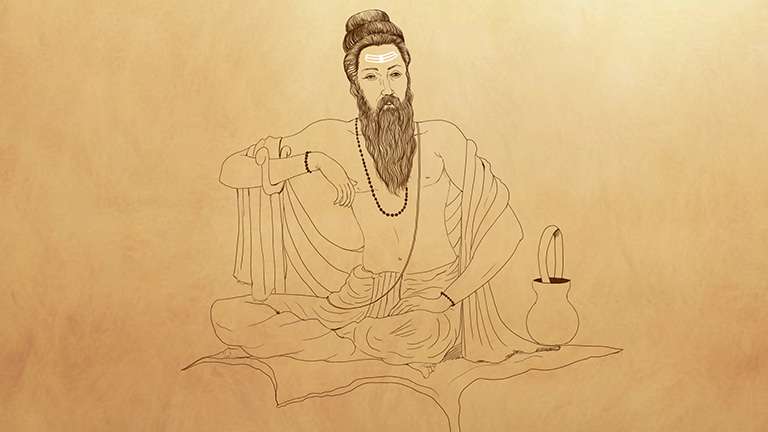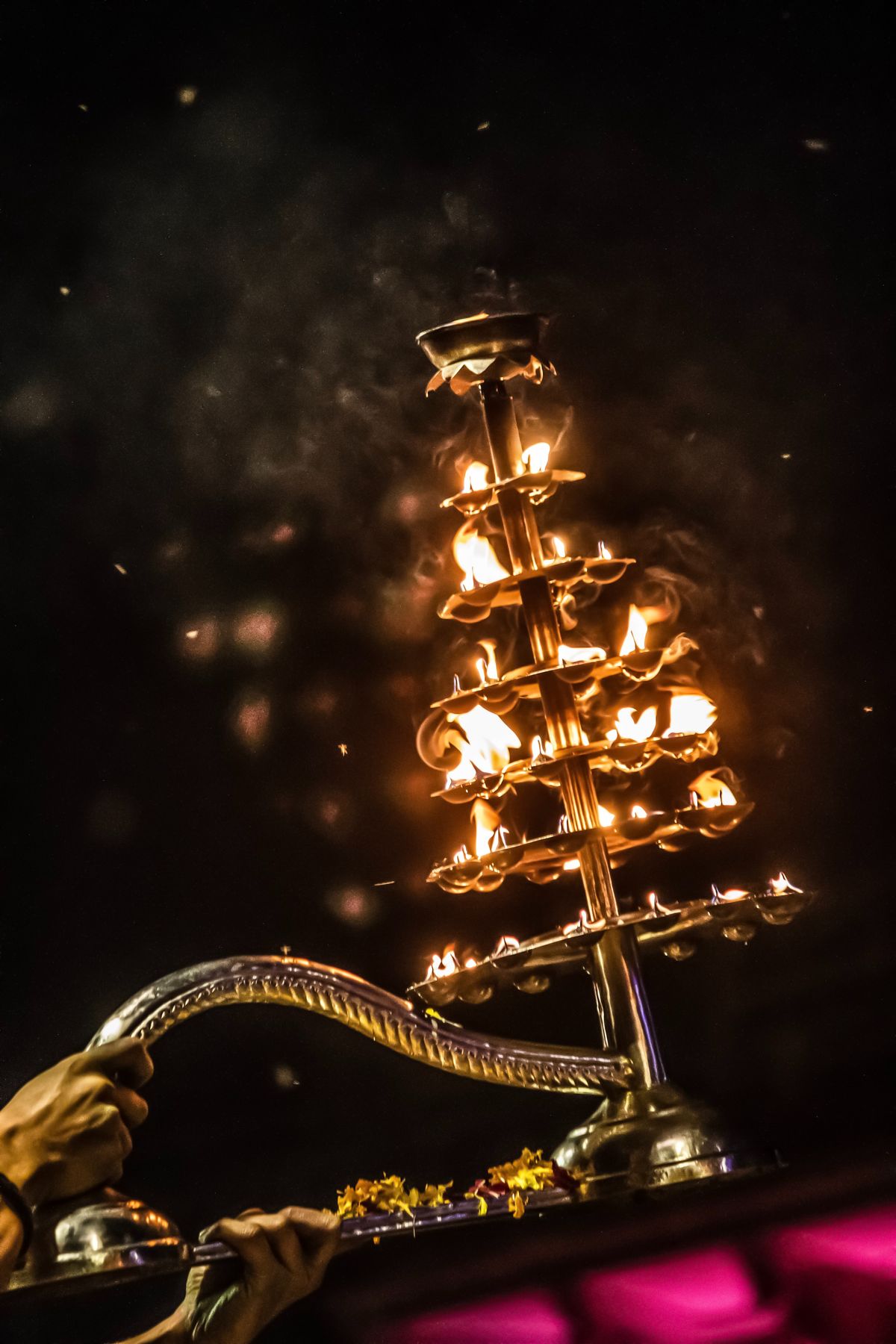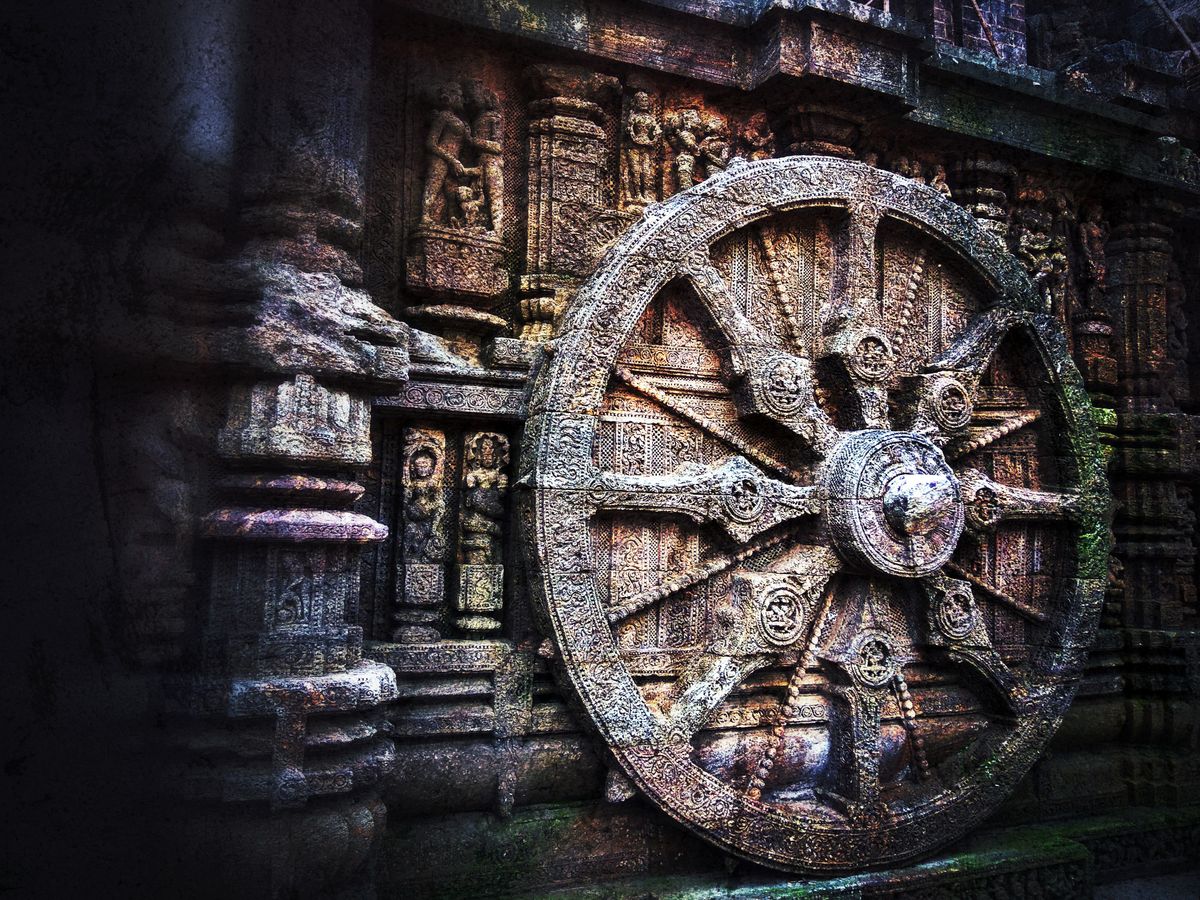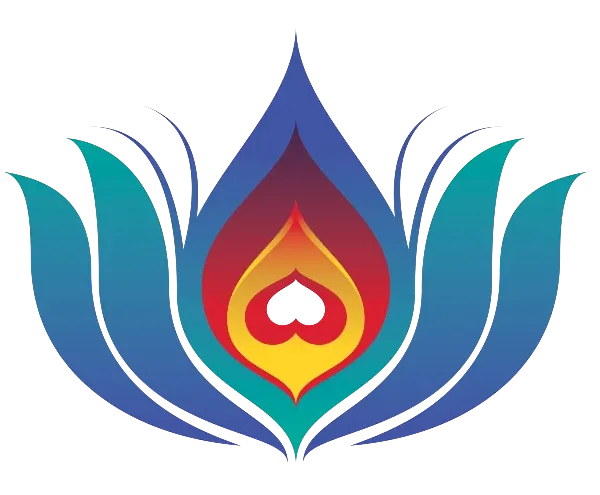Sushruta and his Samhita - Part 7 — Drumroll…Enter Sushruta!!

In the previous chapter, we read how Hoernle persevered for almost two decades and translated the Bower Manuscript. The original name of this scripture is “Naavnitakam”
Naavanitakam is a collation of two manuscripts, a larger and a smaller one. The larger manuscript was itself a compilation of six smaller manuscripts. These seven constituent manuscripts are numbered as parts I to VII in Hoernle’s edition. The medical treatise is, unfortunately, missing information and isn’t complete.
The appearance of Naavanitakam is that of a traditional pothi with loose leaves of the birch-bark packed between two wooden board, denoting a scripture of reverence. At the outset, the author declares his intention and the scope of this document. We are appraised that we will find tried and tested formulas for powders, medicated ghee and oils, medicines for various diseases, enemas and tonics, aphrodisiacs, hair washes, treatment of children's illness and even barren women!
As is tradition, Part I opens with a Mangalacharan or salutation to the masters and description of the Himalayas, where a group of munis reside to study medicines and properties of medicinal plants. Mentioned by name are the following sages: Ātreya, Hārīta, Parāśara, Bhela, Garga, Śāmbavya, Suśhruta, Vasiṣṭha, Karāla, and Kāpya.
Yes…The Sushruta we’ve been looking all this time, emerges from the fog of uncertainty as a real person residing and studying medicine in the Himalayas.

The text continues to provide further detail that Suśhruta’s curiosity is aroused by a particular plant. He approaches muni Kāśirāja, enquiring about the nature of this plant, who tells him about the origin, properties and uses of the plant, which proves to be garlic (Sanskrit laśuna).
The three medical treatises quote the works of Charak, Bhela and Sushruta. Finally, a document of acknowledged antiquity gives us one of the most prominent sages of Bharat. ‘By several accounts, the Bower Manuscript is the earliest recorded mention of Sushruta the surgeon and physician in a dated document. We can now say with some confidence that at least by 650 CE the ancients knew the teachings of Sushruta if not Sushruta himself, well enough to quote them in their compendium and manuals’.¹
Remember we embarked on this journey with Cowasjee and his rhinoplasty? Can we corroborate that in the Sushruta Samhita?
Indeed we can…in the first khanda Sutrasthana, Adhyaya 16: 27–31, we come across the shlok below, which describes the process we began with. There are minor procedural differences such as using a leaf to form a template and that Sushruta takes skin from the cheek unlike the potter who improvises and takes it from the forehead, but the overall idea remains the same and just as effective.

Now that we’ve found Sushruta and validated the Rhinoplasty method in his Sushruta Samhita, you’d think this is the logical conclusion for the series, but our story doesn’t end with this feel good high…hang in there for as it get exciting in the next few parts.


Follow this series for a fascinating journey to find out more.
Twitter:https://twitter.com/MitraDesai
Youtube: http://bit.ly/TejomayaBharat?sub_confirmation=1
Resources:
1: Vadukut, S. (2014). The Sceptical Patriot. Rupa Publications.
2: Singh, B. (1925). Navanitakam Or The Bower Manuscript. [online] Available at: https://archive.org/details/in.ernet.dli.2015.281805 [Accessed 28 Aug. 2019].



Comments ()